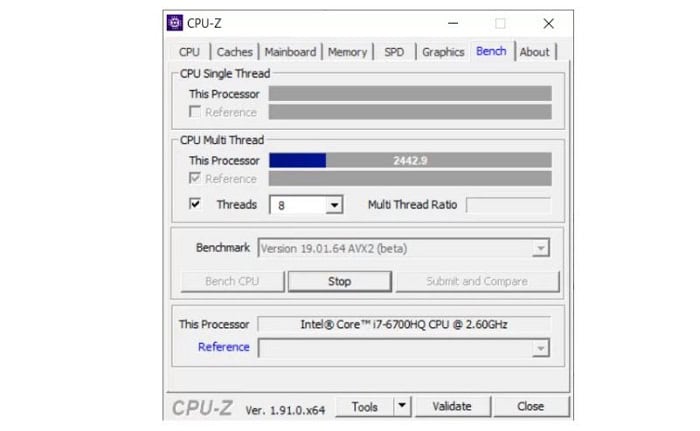

Some motherboards and computers have fan monitors that displays the RPM of each and if they are operating properly. Verify fans - Make sure all fans in the computer are properly working.There should be at least a two-inch space on all sides of the computer. The computer should not be in an enclosed space (e.g., drawer or cabinet) unless there's plenty of ventilation. Improve computer's environment - Make sure the computer is running in a good location.Make sure your computer case and ventilation is cleaned. Keep the computer clean - Over time dust, dirt, and hair can build up and prevent air from getting in or out of the case.Therefore, if you are looking to overclock your processor or it's getting too hot, consider some or all of the following recommendations. The cooler the processor runs, the better it performs. What can I do to get my processor cooler? If your computer's temperature is approaching the maximum, or you're experiencing the issues listed above, you may want to try the following recommendations. If so, the reported temperature may not be entirely accurate.

Why does my computer turn off without warning?Ĭontinuing to use a computer with a processor that is exceeding its temperature reduces its life expectancy.ĭepending on your computer's hardware layout, the thermal sensors may not be positioned in an optimal location.Why does Windows restart without warning?.My computer is running slow, what steps can I do to fix it?.If a processor gets too hot, you'll have one or more of the following situations. How will I know if my processor is running too hot? Keep in mind, the average temps below are provided to give you a general idea of the temperature of a processor.


 0 kommentar(er)
0 kommentar(er)
